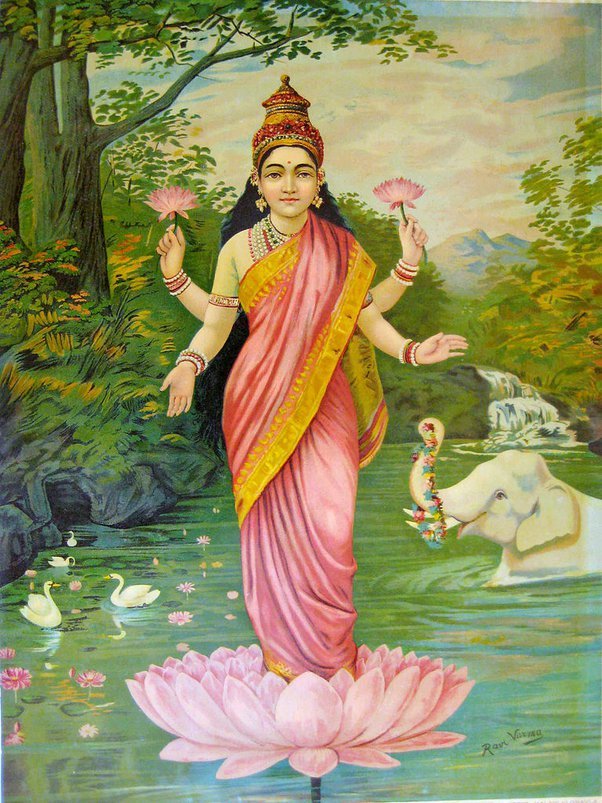Art History Blossoms in Brooklyn
Last week, I dipped into New York, where my sister, Maat Kesa, treated me to a celebration of flowers at The Brooklyn Museum, adjacent to the Brooklyn Botanic Garden and across from the iconic Prospect Park; swoon! It was so apropos, with Brooklyn resplendent in gorgeous blossoming trees and beds of spring flowers. The last in a series of the museum’s Art History Happy Hour presentations was, Blossoms: The Language of Flowers in Asian Art. Read below to see how flowers speak through art.
Curator Joan Cummins, a South Asian art specialist, talked about the symbolic meaning of flowers and how they are represented in a wide variety of Asian art forms, including vases, pottery, dishware, jewelry, kimonos, folding screens, etc.
Vase from China, Qing dynasty, Kangxi period, 1662–1772. Porcelain, overglaze enamel, a gift given to the Brooklyn Museum.
Here is a window into the symbolism and depiction of several of the most popular floral images in Asian art:
Water lilies and lotus flowers grow out of still, murky water. However, the leaves and blossoms of water lilies rest on top of the water, while lotus flower leaves lie beneath the surface with their stems and flowers rising far above the water. They both represent transcendence and rising above the muck and mire of life. In both Hinduism and Buddhism, the lotus appears in an artichoke shape. Gods or goddesses are pictured standing or sitting on a bed of lotus petals, representing enlightenment.
Goddess Lakshmi standing on a lotus flower. (Image from Quora.com)
While cherry blossoms are all the rage today, they are a relatively new species. Several others are more prevalent themes in ancient East Asian art. For example:
Bamboo symbolizes resilience and the ability to bounce back.
Pine represents endurance and the glory of old age. Specifically, the treasured knobby and bent shape of the gnarly pine aligns with notions of improving with age and signals a great appreciation of the elders. In fact, bonsai tree growers aim to achieve these gnarly shapes. Their images often accompany other signs of longevity and immortality, such as the crane.
Plum blossoms, oft-depicted and much-cherished, are early spring bloomers, symbolizing the coming of warmth and the end of winter. The blossoms on this tree’s angular branches are quite temporary, and soon blanket the ground like pink snow.
A painting of birds sitting on plum blossom limbs.
Peonies (a favorite of mine) are associated with plentitude, the female gender, women getting married, and love. Peonies are often painted with pomegranates, gourds, pumpkins, or other eatables with lots of seeds, representing bounty; they symbolize having lots of children.
A screen I purchased twenty years ago depicts peony flowers and the monogamous fantail pigeons that mate for life, symbolizing love, family, and commitment.
In Korea, grapes represent a happy family, i.e., a group of people “hanging together.”
Orchids grow in lousy soil, and some don’t need soil at all. They are able to succeed with very little support, and, contrary to popular belief, actually symbolize resilience.
While many believe tulips are from Holland, they originate from Turkey. Irises appear in late spring, and wisteria presents its cascade of lavender blooms at such a fleeting pace that missing them means waiting until next year.
Chrysanthemums arrive when most other flowers are waning, and grow for some time afterwards. White and yellow mums are associated with death and funerals and should never be given as a gift to an Asian person; all other colors of mums are fine.
Lastly, jasmine, worn as a garland for its fragrance, is highly symbolic in South Asian culture. “Finally, a flower with a fragrance that can be captured!” I thought as I listened to the program. I had experienced its intoxicating aroma when I visited Thailand, and frangipani garlands when I visited Bali. A garland of jasmine is placed on the shrines and sculptures of deities as a way of paying homage, saying, “You are important to me.”
(Speaking of Jasmine, two types of jasmine are at the heart of Anu Essentials Sea Scape Perfume. We will be launching its remix next month, just in time for Mother’s Day!)
In addition to fascinating details on specific species of flowers, we also learned general aspects about floral representation, for example, images of flowers in most Middle Eastern art represent the notion of heaven, or paradise, depicted as an exquisite garden. At the Sheikh Zayed Grand Mosque in Abu Dhabi, I observed how the pillars, marble floors, and walls throughout this incredible architectural work of art were inlaid with flowers carved from many different varieties of marble and other natural stone.
Lastly, we heard from designer and floral artist Valentine Leung of Park Deli BK, that Brooklyn’s Prospect Heights neighborhood is a destination for flowers and creativity. Leung’s floral arrangements are whimsical, magical, and exceptional. Using seasonal flowers from local farmers and hot house flowers from Japan, they are extraordinary to behold.
This gorgeous arrangement is from Park Deli BK and was featured at Blossoms: The Language of Flowers in Asian Art, at the Brooklyn Museum of Art.
What a wonderful treat, and a way to spend time with my beloved Maat Kesa, who first awakened me to gardening. Thank you, Maat Kesa!
Maat Kesa Tabb, avid gardener and art lover.







